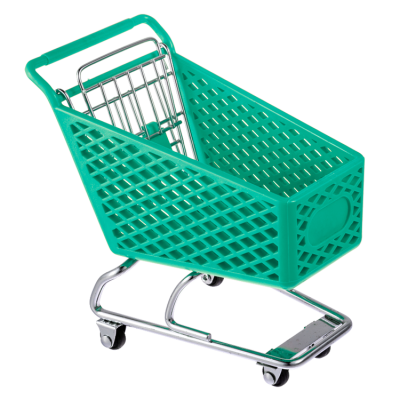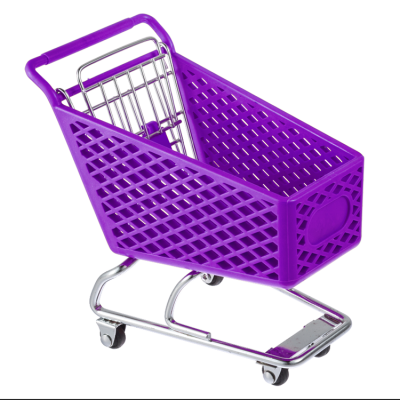1. Quick Order Picking: Use platform trolleys to gather items needed for order fulfillment. Organize items on the trolley according to the order sequence, reducing the time and effort required for picking.
2. Batch Picking: Group similar orders or products together on a trolley to enable batch picking. This strategy minimizes travel time between aisles and optimizes the picking process.
3. Efficient Put-Away: After receiving new inventory, use platform trolleys to transport items to their designated storage locations quickly and accurately.
4. Cross-Docking: For items that need to be immediately transferred from inbound shipments to outbound shipments, platform trolleys can expedite the cross-docking process.
5. Replenishment Tasks: Use platform trolleys to efficiently restock items on shelves, ensuring that products are readily available for picking without disrupting the workflow.
6. Returns Handling: Platform trolleys can assist in moving returned items to the appropriate processing areas, helping to streamline the returns management process.
7. Space Optimization: Utilize platform trolleys to move multiple items in one trip, reducing the need for excess aisle space and making better use of available storage.
8. Inventory Audits: During inventory audits, platform trolleys can help transport items to counting stations, enhancing accuracy and efficiency in the auditing process.
9. Customization for Load Types: Choose platform trolleys with features that accommodate specific load types, such as adjustable shelving, compartments, or holders for irregularly shaped items.
10. Collaborative Workflows: Implement collaborative workflows where multiple team members work together using platform trolleys to move larger quantities of items efficiently.
11. Lean Principles Integration: Use platform trolleys as part of lean principles, optimizing processes by minimizing waste, reducing unnecessary movement, and improving overall efficiency.
12. Safety Measures: Train warehouse personnel in safe trolley usage, ensuring proper lifting techniques, load distribution, and awareness of surroundings to prevent accidents.
13. Real-Time Tracking: Incorporate tracking technologies to monitor the movement of platform trolleys, allowing for better resource allocation and workflow optimization.
14. Maintenance and Inspection: Regularly inspect and maintain platform trolleys to ensure their functionality. Well-maintained trolleys reduce the risk of breakdowns and disruptions.
15. Workflow Analysis: Regularly review and analyze workflows to identify areas where platform trolleys can be integrated for improved efficiency.
By integrating platform trolleys strategically into warehouse logistics processes, you can reduce operational bottlenecks, enhance order fulfillment speed, optimize storage space, and create a more organized and efficient workflow. The versatile nature of platform trolleys makes them valuable tools for boosting overall logistics efficiency in warehouses.



















